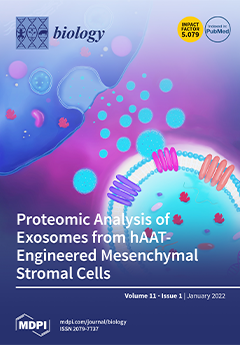The Lanna region, the main part of northern Thailand, is a place of ethnic diversity. In this study, we investigated phak-gard-dong (PGD), or pickled mustard green (
Brassica juncea L. Czern.), for its beneficial bacteria content and to analyse the variations in bacterial
[...] Read more.
The Lanna region, the main part of northern Thailand, is a place of ethnic diversity. In this study, we investigated phak-gard-dong (PGD), or pickled mustard green (
Brassica juncea L. Czern.), for its beneficial bacteria content and to analyse the variations in bacterial compositions among the PGD of three different ethnolinguistic groups, the Karen, Lawa, and Shan. DNA was extracted from the PGD pickled brine, and
16S rRNA gene Illumina sequencing was performed. Metagenomic data were analysed and the results demonstrated that the dominant bacterial species were
Weissella (54.2%, 65.0%, and 10.0%) and
Lactobacillus (17.5%, 5.6%, and 79.1%) in the PGD of the Karen, Lawa, and Shan, respectively.
Pediococcus was found only in the PGD of the Karen and Shan. Bacterial communities in PGD of the Lawa were distinctive from the other ethnic groups, both in the alpha and beta diversity, as well as the predicted functions of the bacterial communities. In addition, overall network analysis results were correlated to bacterial proportions in every ethnic PGD. We suggest that all ethnic PGDs have the potential to be a good source of beneficial bacteria, warranting its conservation and further development into health food products.
Full article






